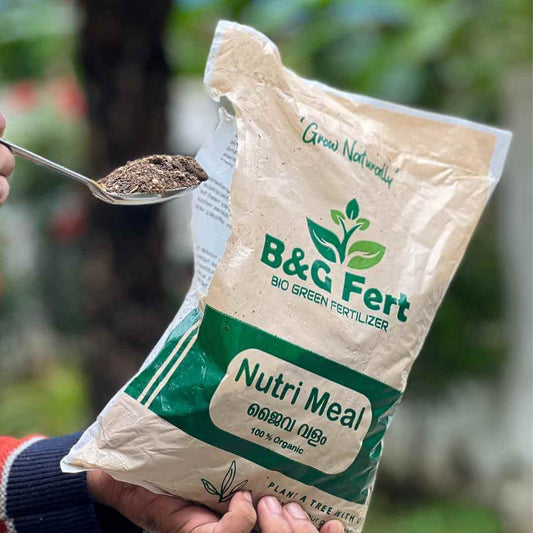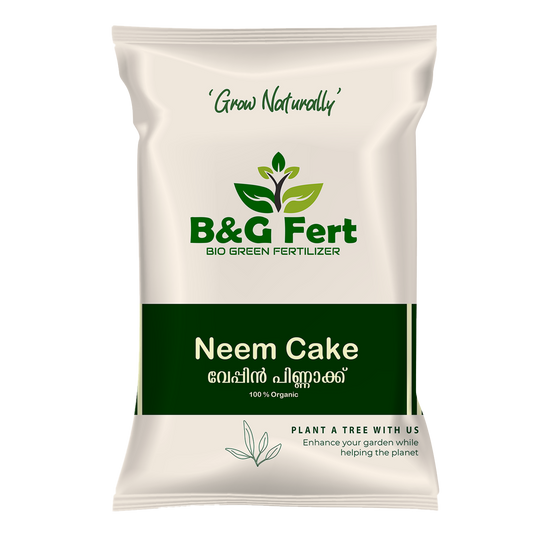Top Home Gardening Tips: Best Practices for a Thriving Garden
Home gardening has become a popular hobby, providing a rewarding experience and access to fresh produce. Whether you're a beginner or an experienced gardener, following best practices can help you cultivate a healthy and productive garden. Here are some essential tips and strategies for home gardening success.
1. Choose the Right Location
Selecting the right spot for your garden is crucial for plant growth. Most vegetables and flowers need ample sunlight to thrive. Choose a location that gets at least 6-8 hours of direct sunlight each day. Ensure the area has good drainage and is free from strong winds.
2. Prepare the Soil
Healthy soil is the foundation of a successful garden. Test your soil’s pH and nutrient levels to understand what amendments it may need. Add organic matter such as compost or well-rotted manure to improve soil structure, fertility, and water retention. Regularly aerate the soil to promote root growth and prevent compaction.
3. Select Suitable Plants
Choose plants that are suitable for your climate and soil conditions. Consider native plants, which are adapted to your local environment and require less maintenance. Research plant varieties that are resistant to pests and diseases, ensuring a healthier garden with minimal intervention.
4. Practice Crop Rotation
Rotating crops each season helps prevent soil depletion and reduces the risk of pests and diseases. For instance, avoid planting the same family of plants in the same spot year after year. This practice maintains soil fertility and disrupts the life cycles of harmful organisms.
5. Implement Companion Planting
Companion planting involves growing different plants together to benefit each other. For example, marigolds can deter pests from tomatoes, and beans can add nitrogen to the soil, benefiting neighboring plants. Research compatible plant pairings to maximize the health and yield of your garden.
6. Water Wisely
Proper watering is essential for plant health. Water your garden early in the morning to reduce evaporation and allow plants to absorb moisture before the heat of the day. Use soaker hoses or drip irrigation systems to deliver water directly to the roots, minimizing water waste. Avoid overwatering, as it can lead to root rot and other problems.
7. Mulch for Moisture and Weed Control
Applying mulch around plants helps retain soil moisture, suppress weeds, and regulate soil temperature. Organic mulches, such as straw, wood chips, or compost, decompose over time, adding valuable nutrients to the soil. Ensure mulch is not piled against plant stems to prevent rot.
8. Prune and Deadhead Regularly
Pruning helps shape plants, encourages growth, and removes diseased or damaged parts. Deadheading, or removing spent flowers, promotes continuous blooming in flowering plants. Regular maintenance keeps your garden tidy and healthy, ensuring optimal plant performance.
9. Fertilize Appropriately
Plants need nutrients to grow and produce. Use organic fertilizers, such as compost, fish emulsion, or seaweed extract, to provide essential nutrients. Follow recommended application rates to avoid over-fertilization, which can harm plants and the environment.
10. Control Pests Naturally
Minimize the use of chemical pesticides by employing natural pest control methods. Encourage beneficial insects, such as ladybugs and predatory beetles, to control harmful pests. Use barriers, traps, or homemade remedies to protect plants without harming the ecosystem.
11. Harvest at the Right Time
Harvesting your produce at the right time ensures maximum flavor and nutritional value. For vegetables, pick when they are mature but not overripe. For fruits, wait until they reach full color and sweetness. Regularly harvesting promotes continued production and prevents waste.
12. Keep Learning and Experimenting
Gardening is a continual learning process. Stay informed about new techniques, plant varieties, and trends in home gardening. Don’t be afraid to experiment with different methods to see what works best for your garden. Join gardening communities or take local workshops to expand your knowledge and skills.
Conclusion
Home gardening can be a fulfilling and productive endeavor with the right approach. By following these best practices, you can create a thriving garden that provides fresh, healthy produce and a beautiful space to enjoy. Remember to plan, maintain, and adapt your gardening techniques to suit your specific needs and conditions. Happy gardening!













